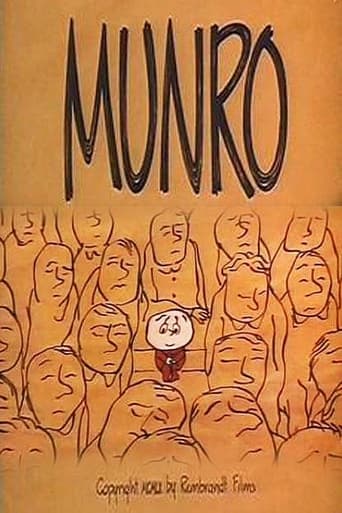
09 Nov 1961

Munro
A four-year-old boy is drafted into the army. Preserved by the Academy Film Archive in 2004.
President Jimmy Carter "sings" Ray Charles' "Georgia on my Mind", while thinking about his home state. Preserved by the Academy Film Archive in 2009.

09 Nov 1961

A four-year-old boy is drafted into the army. Preserved by the Academy Film Archive in 2004.
21 Feb 1973
This is one of those abstract animated films in which colored, richly textured light moves in a black, three-dimensional space. The pictures and the electronic score are unified in a strict structure made of three main sections which progressively develop three subsections. This film may look like it was made using computers or video to the uninitiated, but only animation and much optical printing are to be seen herein. Preserved by the Academy Film Archive in partnership with iotaCenter and National Film Preservation Foundation in 2007.
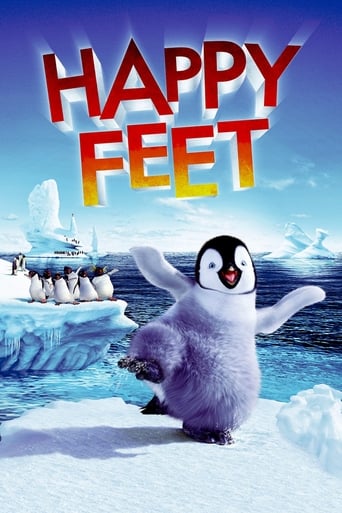
16 Nov 2006

Into the world of the Emperor Penguins, who find their soul mates through song, a penguin is born who cannot sing. But he can tap dance something fierce!

17 Dec 1979

Legacy takes the audience on a rapid-fire journey through the evolution of the world, starting with a cosmic bang, evolving through billions of years of plants, animals and the creation of natural resources, ending with man and his bounty – “sitting on his world contemplating his coconut”. Preserved by the Academy Film Archive in 2012.
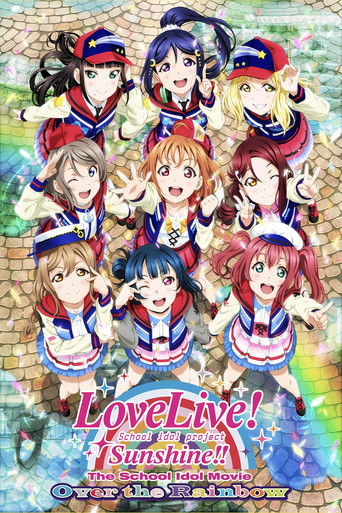
04 Jan 2019

After the idol group Aqours has won the final Love Live! contest, its remaining members prepare to enroll at a new school only to run into some unexpected trouble while the former members go missing on the way to their graduation trip. Separated, the girls begin to realize the value of their friendships as they attempt to find a solution to their various crises.
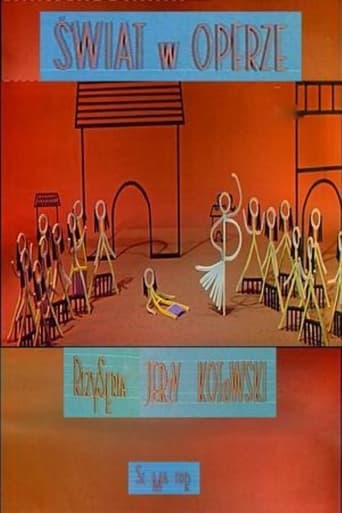
01 Jan 1966

An interpretation of Georges Bizet's opera "Carmen," which is presented in an artful form with a twist.

17 Dec 1938

The mice are on the loose after hours in a doctor's office, playing with the various pieces of medical apparatus. Susie Mouse is caged for research until her lover Johnnie frees her. A mouse orchestra plays a swinging wedding song. But throughout, a cat is stalking...

19 Mar 1948

As winter approaches, a variety of birds fly south to see a warmer climate.
07 Apr 1949
The audience takes a tour through a baby factory run by storks. Next, we're invited to follow the bouncing ball and sing along to "Pretty Baby".

18 Oct 1945

The Scarecrow trades Jasper a handful of beans for his harmonica. Jasper plants the beans and climbs up the resulting beanstalk and, at the top, finds a beautiful girl in a golden cage playing a golden harp. Jasper rescues her from the Scarecrow, brings her down the beanstalk, and spends the rest of his days dancing to the music his girlfriend plays on the harp. Preserved by the Academy Film Archive in partnership with UCLA Film & Television Archive in 2009.
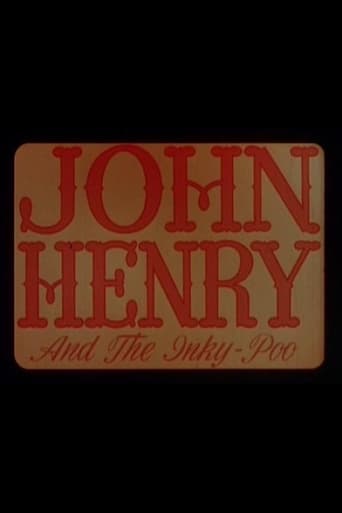
06 Sep 1946

In this Puppetoon animated short film (an Academy Award Best Short Subject, Cartoons nominee), legendary American folklore figure John Henry (voice of Rex Ingram) goes to work for the C&O Railroad, which shortly thereafter buys an automatic steel-driving engine, The Inky-Poo. John Henry matches his strength against the engine, saying that any man can beat a machine because a man has a mind. Can he prevail? In 2015 this film, deemed "culturally, historically, or aesthetically significant", was selected for preservation in the United States National Film Registry. Preserved by the Academy Film Archive in partnership with UCLA Film & Television Archive in 2009.
15 Jun 1948
The world famous Coney Island in New York City, which got it's start in the 1840's is here included in Famous Studios, "Screen Song" series. The featured song is, By the Beautiful Sea, written in 1914, and is of the "follow the bouncing ball" variety. The song follows the slight story of animal characters(among them an elephant and mouse playing catch with a medicine ball)having fun at the beach.

07 May 2024

A choir of tropical frogs performs infectious pop in delightfully unsettling animation from Costa Rican-Canadian artist Bianca Shonee Arroyo-Kreimes. Riffing on karaoke companion videos and the swipe-n-scroll conventions of handheld media, she infuses candy-coloured digital animation with the spectre of ecological collapse.
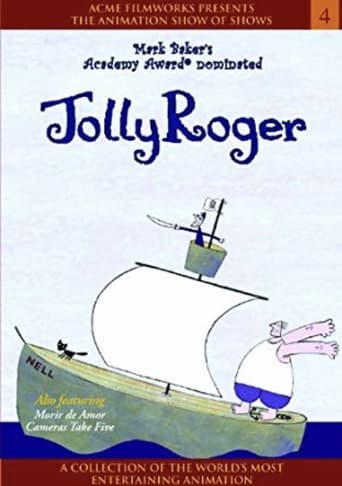
18 Oct 1999

After marauding and sinking another ship, a band of pirates capture a female passenger, then send her overboard as punishment for her defiance. She vows revenge, and fortunately is rescued by a small passing ship carrying only its captain, his first mate and a cat. They cross paths with the pirates, but both sides - after seeming to have victory within their grasp - meet a fate neither could have predicted. Preserved by the Academy Film Archive in 2008.
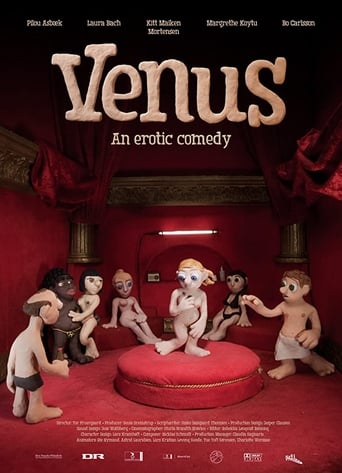
01 Jun 2010

An erotic comedy in claymation.
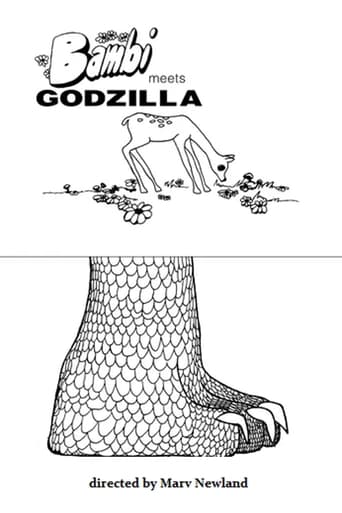
10 Jul 1969

Bambi is nibbling the grass, unaware of the upcoming encounter with Godzilla. Who will win when they finally meet? Preserved by the Academy Film Archive in 2009.
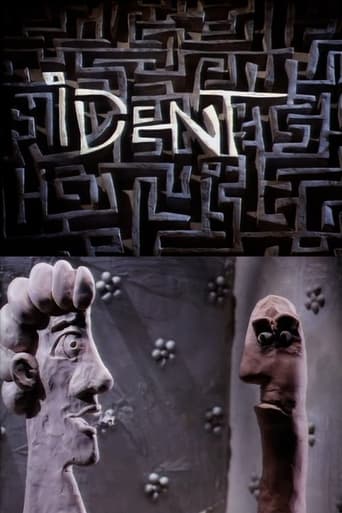
30 Nov 1990

Explores the nature of man, not only with feet of clay, but with a face of clay as well. Within a colourless city of walls, corridors, and small rooms, a man makes his way from home to work, then to a bar, and then, by a stroke of luck, into an outdoors of space, fresh air, and colour. Along the way, he changes his face to fit his surroundings, interacts with his dog, argues with co-workers, and gossips at a bar. His altering of his visage suggests a two-faced nature, and his stepping into the outdoors provides the ultimate test of his real identity.
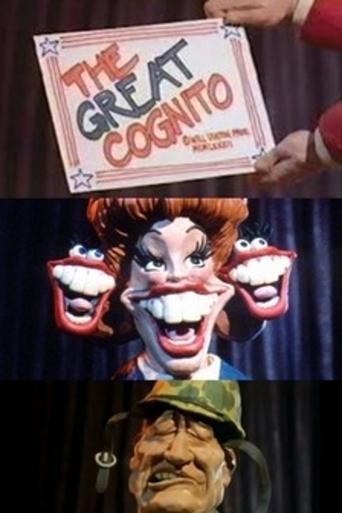
02 Jan 1982

The film tells of a music hall impressionist who caricatures personalities from the second world war. Animated by Barry Bruce at Will Vinton Productions. Preserved by the Academy Film Archive in 2012.
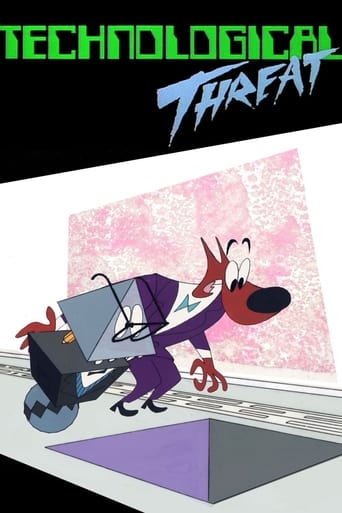
15 May 1988

Human fear of technology is portrayed in this very amusing futuristic parody. Preserved by the Academy Film Archive in 2013.

01 Jan 1983

A character closely resembling then-mayor Ed Koch sings a variation on the "Theme from 'New York, New York'" in an entirely clay-animated film depicting a variety of locations and celebrities associated with New York City. Preserved by the Academy Film Archive in 2006.